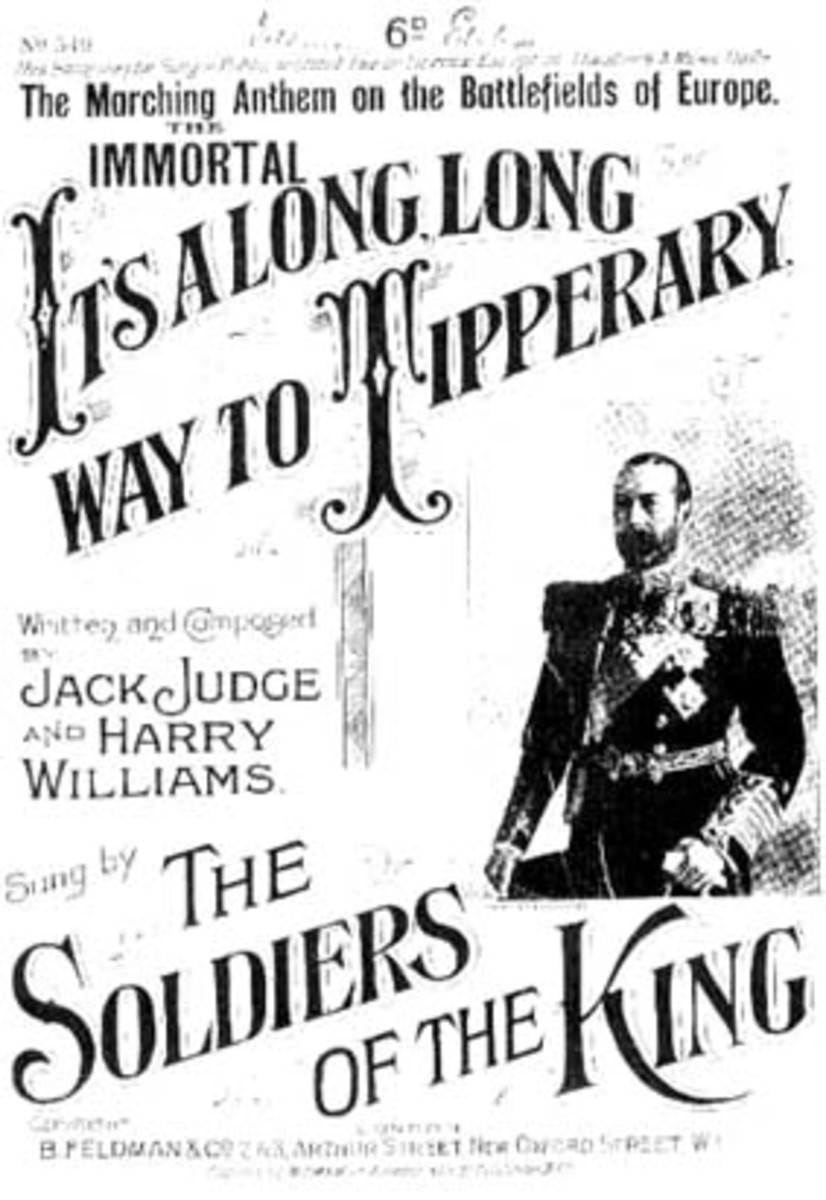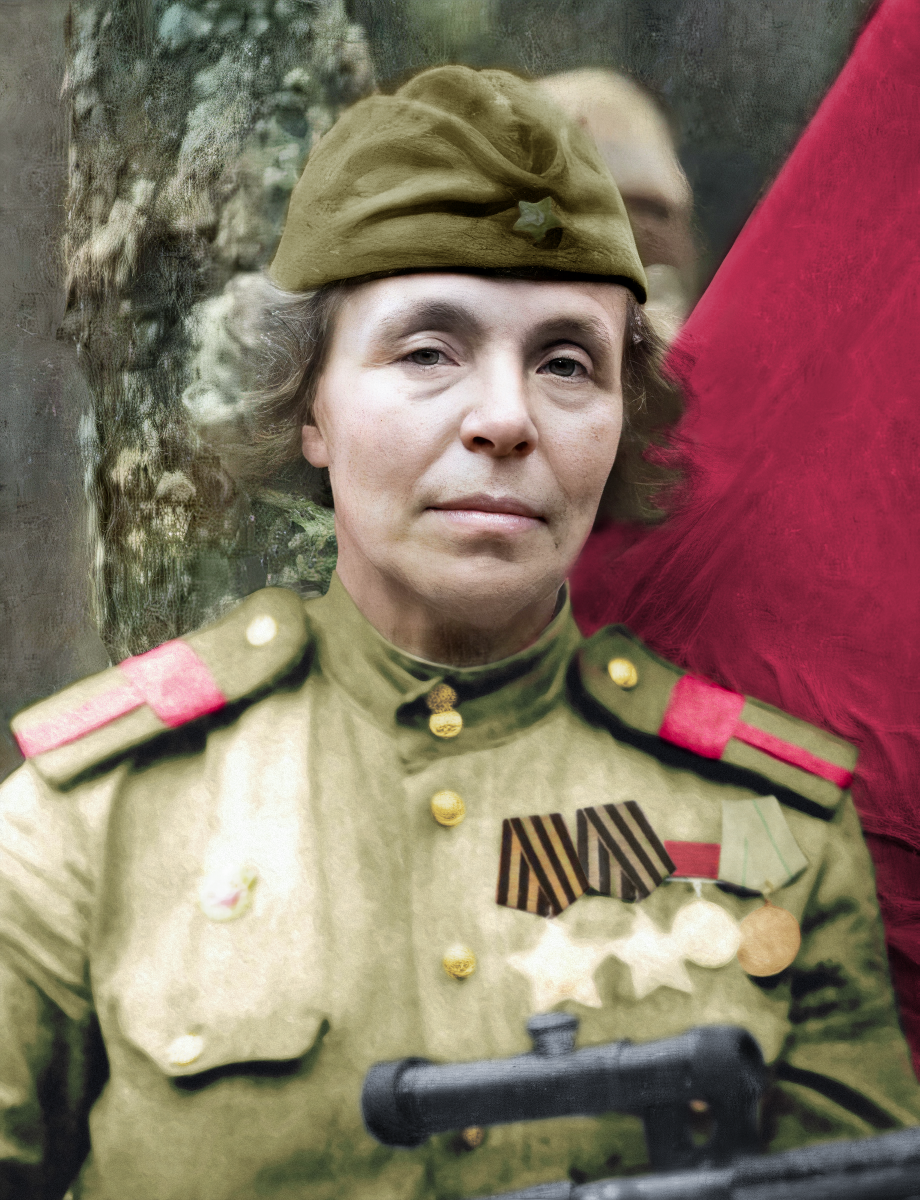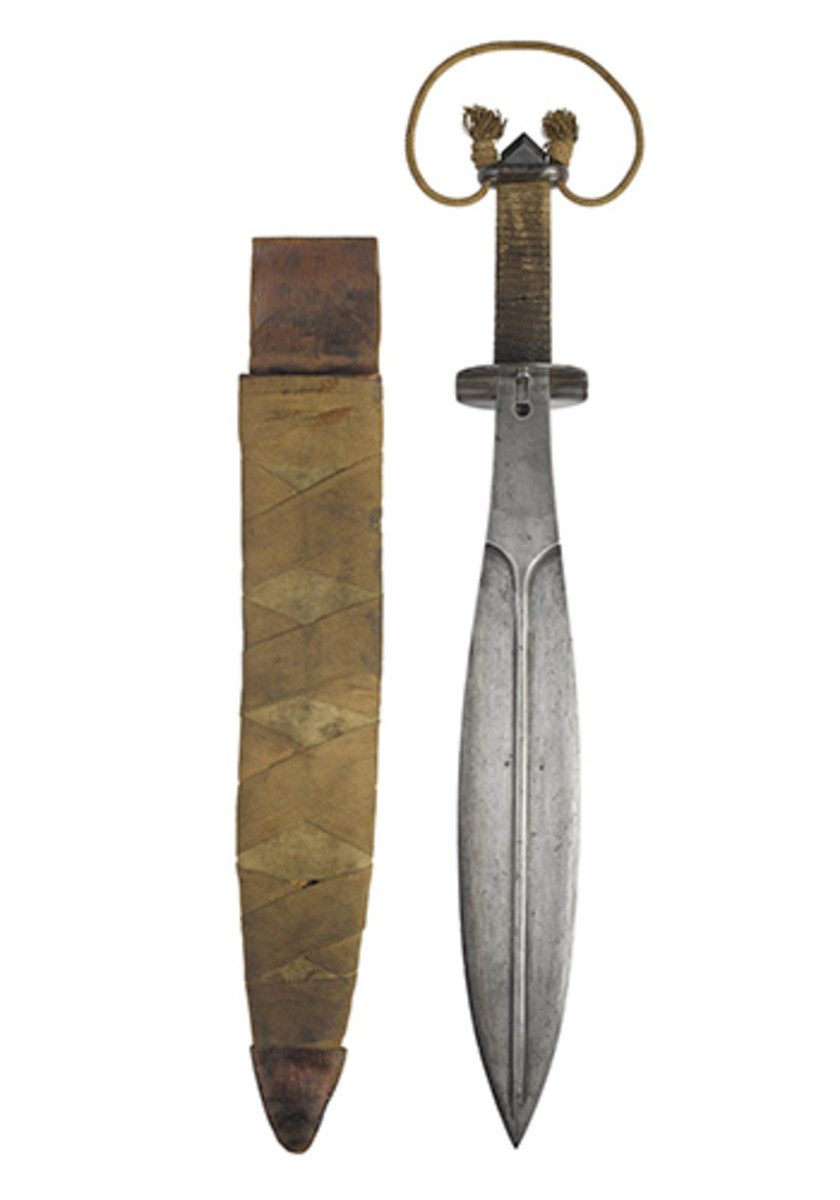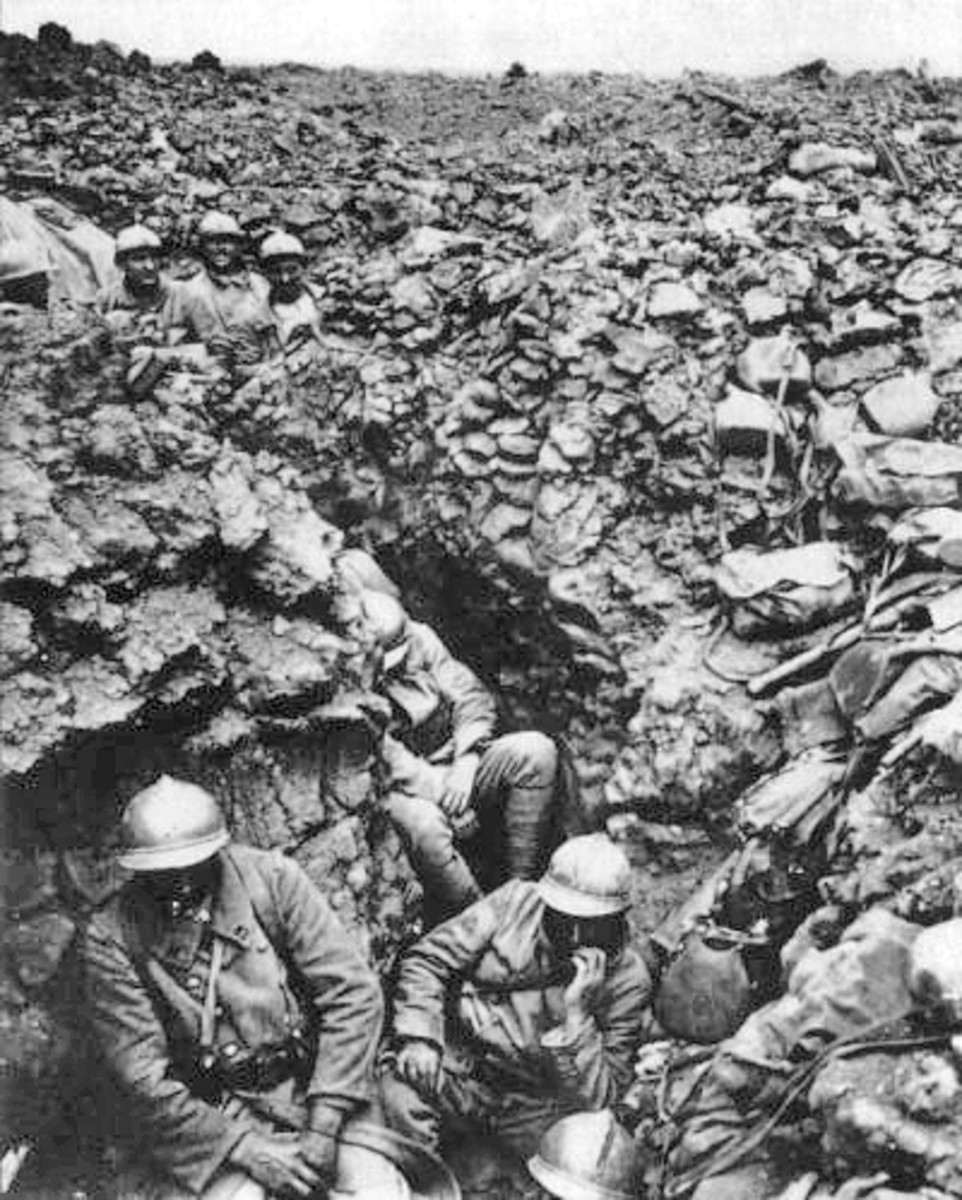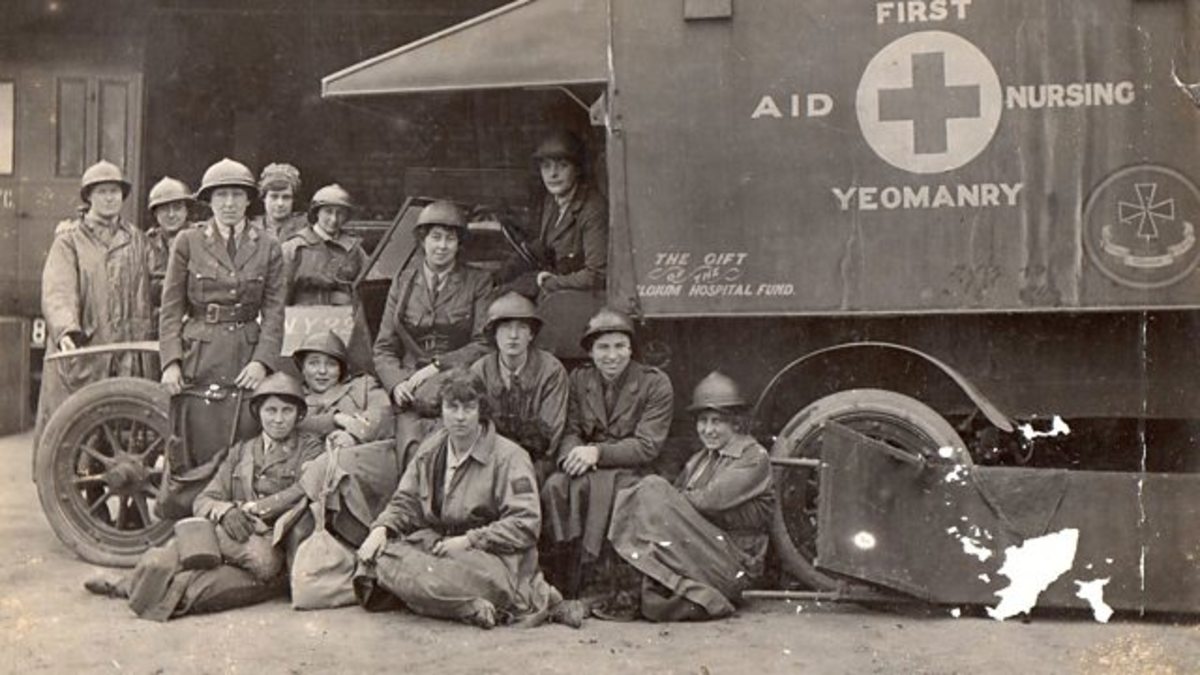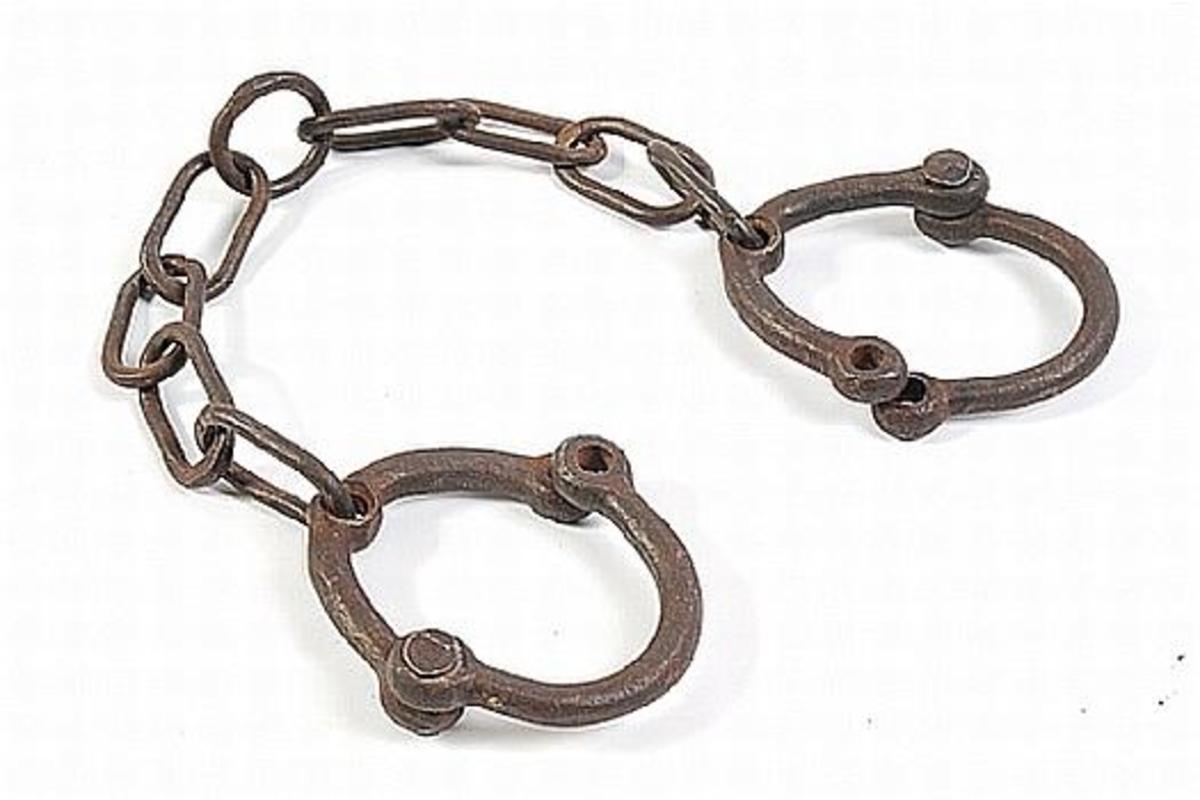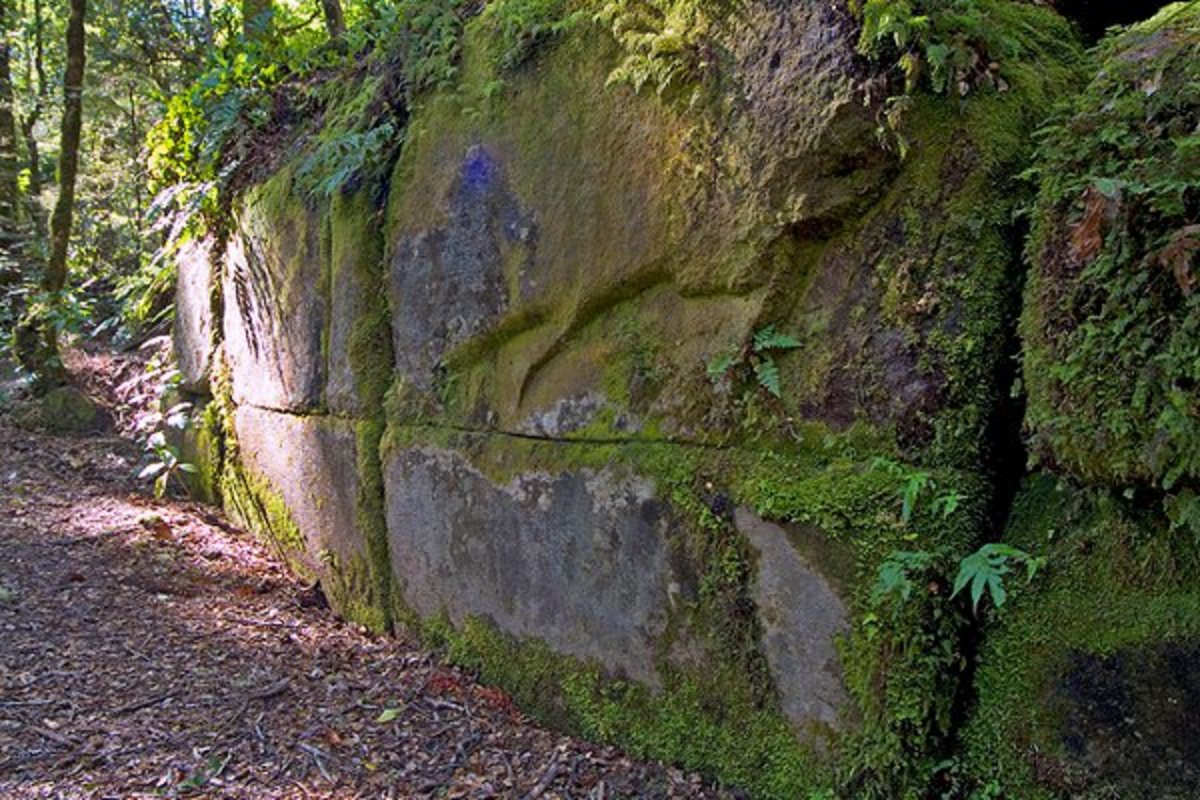Discuss the AIF's progress and performance as a fighting force during World War One
By the end of World War 1 the Australian Infantry Force (AIF) was renowned, famed in the allied forces and infamous in enemy lines. The AIF were a proud force, deeply committed to defending Britain and her allies. They were not large in number compared to the British Army yet captured over 20% of all prisoners. Despite the fact that the AIF were involved in many failed attacks, largely due to ineffective leadership by British Commanders, by the end of the war they were the most feared and respected division of the British Army.
In 1914, Australia responded with a strong wave of commitment to the war. The Australian Prime Minister, Joseph Cook stated, ' When the empire is at war so is Australia at war.' The first AIF troops were a 20,000 strong crack team, handpicked from the many voluntary enlistees and selected for their height, health and strength. They did initial training in Australia and left on 1 November 1914, heading to Egypt to support Britain and her allies. They landed in Cairo six weeks later, totally unaware of the hell they were about to encounter. The AIF did further training in Egypt where they were formed into an army corps and the name ANZAC was born.
The ANZACS were sent to Gallipoli to fight the Turkish soldiers in the Dardanelles, were supply routes to the Russian army fighting on the Eastern Front were being blocked. Turkey had recently entered the war on the side of Germany and the British and French soldiers sought to gain military advantage by defeating Turkey, as this would allow greater support to be given to Russia on the Eastern Front. Upon landing at Gallipoli, the first Battalion of the AIF were showered in shrapnel, many of them dying on the beach within minutes of setting foot on land. They had expected to land further south, but had drifted north and landed at Ari Burnu where they were confronted by steep cliffs and machine gun fire. During the first few weeks after landing, the ANZACs frustratingly secured as much land as they would for the whole battle.
An important chapter in the ANZAC story was the Battle of Lone Pine, where ANZAC troops took a Turkish stronghold even though they were severely outnumbered, and diverted Turkish reinforcements from landing at Silver Bay. Over 2700 ANZACs were killed in this battle, versus in excess of 6000 Turkish soldiers. The Battle Lone Pine accounted for over 30% of ANZAC casualties, and afterwards seven Victoria Crosses were awarded to ANZAC soldiers. The Battle of Lone Pine established the reputation of Australian soldiers as fiercely loyal, resilient and talented soldiers.
Despite this success, by late August the Gallipoli campaign was declared a failure and ANZAC soldiers were shipped back to Egypt for alternative deployment. In 1915, the Light Horse Brigade was sent on a desert campaign to drive the Turks out of the Middle East, and there they proved to be a successful fighting force. The other Australian forces were sent to the WesternFront where they endured three years of devastating casualties, horrific conditions, and a frustrating military stalemate.
That said, at the Western Front the AIF yet again showed their military talents in battles such as the defence of The Somme, where they established and maintained a defensive line to hold back the Germans who were intent on breaking up the allied forces before American troops could arrive. The German attack were ferocious, involving an artillery barrage of 6000 guns and an aggressive infantry advance. The AIF blocked the Germans at Villers-Bretonneux, later capturing the town. The German casualties were so high that the German commanding officer stated 'the enemy's resistance was beyond our power to overcome.' After the appointment of John Monas as commanding officer, the ANZACS again covered themselves in glory by taking just 90 minutes to take the heavily fortified town of Hamel from the Germans. Further ANZAC victories followed, including the fall of the main German line of defence, called the Hindenberg Line, which was largely due to ANZAC assault.
In summary, the powerful performance of the AIF troops in World War 1 fuelled Australia's pride in its fighting forces and cemented a strong national spirit. In the process of the war, the Australian soldiers lost any misplaced innocence about the chivalry of war as they were involved in brutal battles such as Gallipoli and the Western Front. However, they developed into a formidable fighting force, commanding their own troops and decisively winning critical battles.

